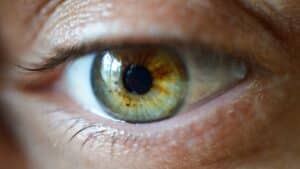The aim of this project is to fully characterise eye movement changes in ME/CFS on two consecutive days, identifying an ocular motor signature that is unique to the disorder.
Ocular motor (eye movement) assessment can be used in the diagnosis of various neurological diseases. Eye movement requires signaling across a vast, well-defined neural network that incorporates over 50% of the brain. Damage at any point across this extensive network manifests as abnormalities in eye movement. In a given disease/disorder, this manifests in a unique eye movement signature that can be measured using high powered eye-tracking technologies, allowing the quantification of even the subtlest of changes. This is especially relevant for those with ME/CFS as symptoms can often be subtle and prone to fluctuation (i.e. tending to worsen following exertion).
A defined ocular motor signature for ME/CFS would provide the first, objective, quantifiable marker for this disease that can be used to provide diagnostic certainty, provide a sensitive measure of progression or future treatment effect, and to inform the pathophysiological underpinnings of the disease.
